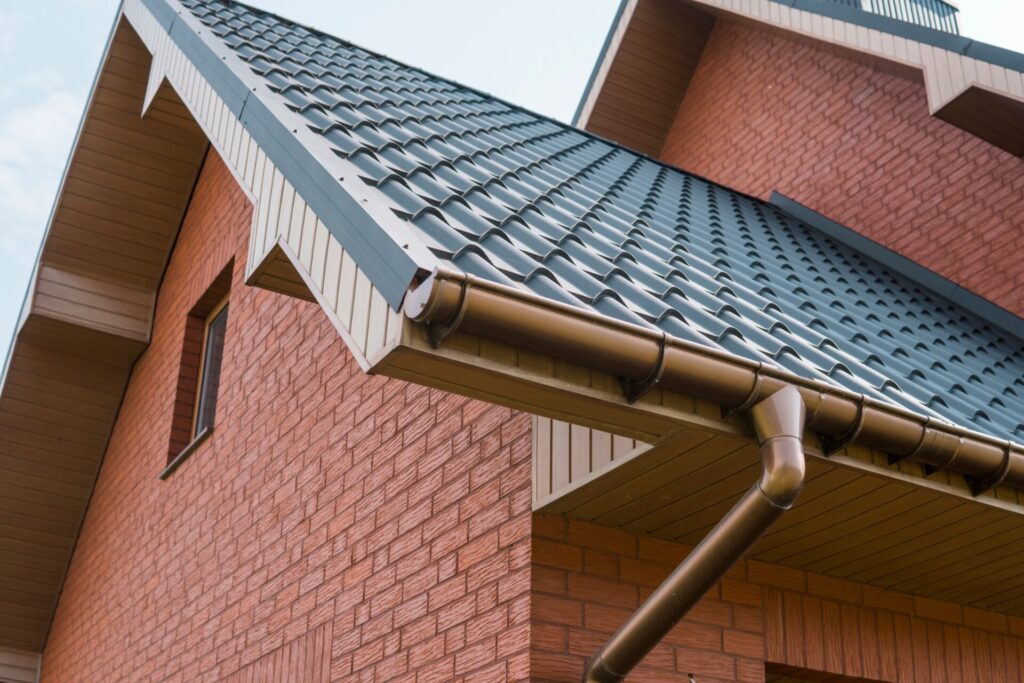
Water getting into your home is typically not a good thing. Water leaks can cause damage to attic ceiling and floors and can trickle down into you walls or framework. Additionally, this water can pool and settle causing discoloration, mildew, dry rot, and harmful mold growth. It’s important to make sure your house is sealed up tight. Part of the proactive care involved kickout flashing, also called diverter flashing. Kickout flashing is a special type of flashing (thin material, typically galvanized steel) that is installed on roofs to divert rainwater away from cladding and into the gutter where it can drain safely. When kickout flashing is installed properly, it is excellent for protecting against the penetration of water into your home.
Some homes that see rainwater issues simply never had kickout flashing installed in the first place. Kickout flashing should be installed in places where a roof and exterior wall intersect or in locations where the wall continues past the lower roof edge and gutter. If this wasn’t done, rainwater may miss the gutter completely and instead penetrate the exterior and become trapped inside the wall. Kickout flashing should also be installed where getters end at the sign of a chimney. If you suspect water damage and don’t see these areas with kickout flashing, contact us for help.
Some homes may have kickout flashing but it was improperly installed. You can usually tell if this is the case if you notice water leaking through the seam. This usually is an indication that the bottom seam of the flashing is not sealed tight. Another sign of poor installation is if the angle of the diverter is less than 110 degrees. We’ve often been called out for repairs because a homeowner modified the flashing. Some homeowners find them unsightly, so they will shorten the kickout flashing to less than the recommended six inches (although some manufacturers will allow four inches). Doing this greatly reduces the effectiveness of the kickout flashing. You can check yours by making sure they are the same height as the side wall flashings. Sometimes homeowners will also cut them to be flush with the wall so they’re less noticeable, but this will also create water issues.
At RAM Builders, we use methods designed by scientists and engineers to ensure our kickout flashings are tried and true. Some contractors install or repair kickout flashings on the job by cutting and bending a step shingle into a diverter without sealing the cut. Doing this will cause the diverter to fail and allow water to get into the home. Fixing it correctly requires much more. Even small amounts of water can get behind stucco, which is moisture-resistant, eventually causing the wood framing to rot. Water issues can sometimes take years before they’re detected. Keep your eye out for discolorations, cracking, a stagnant water smell in your home, or rainwater pooling in unwanted areas. For the best kickout flashing installation and repair, only trust in the experts at RAM Builders Stucco & Exteriors.




